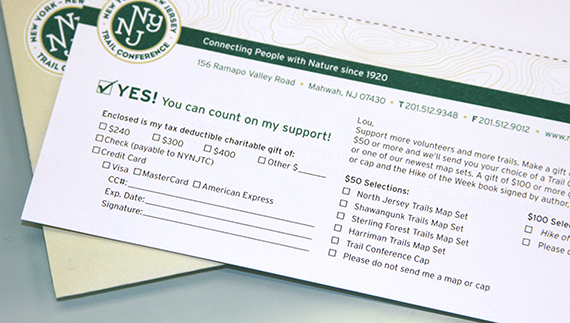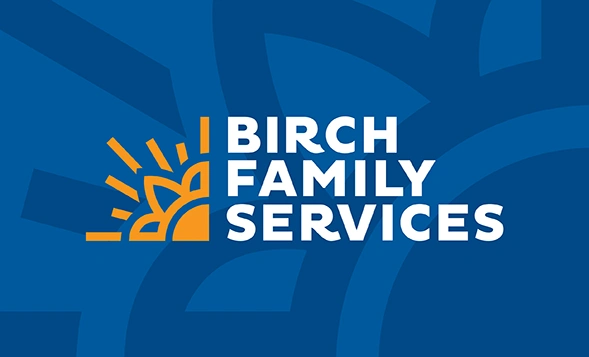
Design is subjective. So much so that two highly qualified and award-winning graphic designers could get into an extended debate about whether a particular logo design should be red or blue. Sometimes there is a correct answer but sometimes great design can only be decided by the target audience. However, sound decision making and a thorough understanding of who you are designing for and what they need will help improve the return on investment (ROI) of your graphic design project.
Measuring the ROI of graphic design projects can be difficult. To do so, you need to have “trackability” built into the design so that data can justify every dollar spent. But not every graphic design project lends itself to this valuable information. However, there are a few surefire ways to help track the performance of graphic design and branding projects. The efforts below will help track the overall effectiveness of your graphic design project, including the ability to captivate and persuade your target user to take action.
Tracking Codes
Every direct response mailer or postcard sets out to have the prospect respond in some way. To measure its effectiveness, a unique code needs to be included with the mailing. The code, which can be a numeric or letter combination, is used to identify the prospect. For example, when we design annual appeal mailings for our non-profit clients, we may target several groups in unique ways depending on their level of giving, frequency of giving, or total number of times they have given. When the responses come back to the organization, they are recorded and tracked in order to understand the value of a particular appeal to an individual group. This process proves extremely beneficial when designing a future direct mail project for the same group of people. The data acquired will help prove which messages worked and which didn’t, and this intelligence will have a direct impact on future mailings to this particular target group.
Unique Phone Numbers
Since advertisements can be difficult to track, some businesses opt to have unique phone numbers listed in their advertising. When designing an ad, unique phone numbers are utilized and serve as the ad’s way of quantifying the effectiveness of the design and messaging.
Let’s say you have one ad design that is getting inserted into several media placements. To measure response, a third-party call tracking service can provide several unique phone numbers for your ad which will then reroute to your preferred office number. The benefit of this type of service is that all calls can be tracked and monitored. Some of these services can even record each call for you if you prefer. This measurement will help reveal which ad placements are the best value and have the highest ROI.
The downside to having many phone numbers associated with your brand is that they can lead to confusion among your customers. They can question the proper number to call when multiple ads with unique phone numbers cross paths. Another thing to keep in mind is that the call tracking services can charge a fee associated for each minute used. Unique phone numbers do have their pros and cons. In fact, we have had several clients who love this feature for tracking the ROI of creative and media placements and several others who dislike it.
Unique URLs or Personalized URLs (PURLs)
A third way to help measure the ROI of graphic design and branding projects is to utilize unique or custom URLs—the address of a web page. Unique URLs can lead your prospect to a unique landing page which addresses the specific topics that are featured in your ad, mailing or other project. An example of a unique URL could be trillioncreative.com/branding that takes you to a page on our website that only shows examples of our branding projects. Another example of a unique URL could be a random combination of letters and numbers which redirect you to a specific page on the website. This redirect is monitored to prove the person is engaged with the page, allowing it to be quantified.
PURLs are similar to unique URLs except the content on the landing page is customized for each individual user. For example, we could design a postcard that has your name incorporated into a URL such as trillioncreative.com/yourname. Once you visit this webpage, data relating to you is shown on the page. Your name will likely appear on the page as well as other database information about you, such as your town or your favorite type of car (car dealerships use this method frequently). PURLs are an extremely powerful tool used to increase the ROI of advertisements because so much is personalized, trackable and quantifiable. Ideally, this data can help justify the resources a client spends on graphic design and branding.
If you would like to learn more about how Trillion can help you measure the ROI of graphic design and branding for your company, give us a call at 908.219.4703 or complete our contact form. We can share hard data that proves how we made a difference for our clients and increased their ROI.







